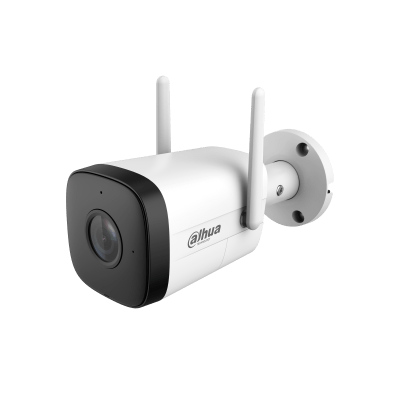Description
Stand-alone cameras refer to surveillance cameras that operate independently without the need for additional equipment or infrastructure. These cameras are self-contained units that include built-in components necessary for capturing and recording video footage.
Stand-alone cameras are typically designed for easy installation and setup, requiring minimal technical expertise. They are commonly used in residential settings, small businesses, or temporary surveillance needs where a simple and cost-effective solution is required.
Here are some key features and characteristics of stand-alone cameras:
All-in-one design: Stand-alone cameras integrate all the essential components into a single unit. This includes the camera sensor, lens, video encoder, memory storage, and sometimes even built-in infrared illuminators for night vision capabilities. As a result, they offer a compact and self-contained solution without the need for separate devices or equipment.
Easy installation: Stand-alone cameras are designed for simple installation and setup. They often come with mounting brackets or stands for easy attachment to walls, ceilings, or other surfaces. Power can be supplied through traditional power outlets or via Power over Ethernet (PoE) for network-enabled cameras. They typically have intuitive interfaces for configuration and management.
Local storage: Stand-alone cameras usually feature built-in memory storage for recording video footage. This can be in the form of onboard memory cards or hard drives within the camera itself. The storage capacity varies depending on the model and can range from a few hours to several days of recording, depending on the resolution and settings.
Limited connectivity options: Stand-alone cameras may have limited connectivity options compared to network cameras. While some models offer network connectivity for remote viewing and management, others may only provide local video output for direct viewing on a monitor. It’s important to check the specifications of the stand-alone camera to determine its connectivity capabilities.
Basic features: Stand-alone cameras typically provide essential features such as motion detection, manual pan-tilt adjustments (if applicable), and sometimes basic video analytics. However, advanced functionalities commonly found in more sophisticated cameras, such as remote access, PTZ capabilities, or integration with other security systems, may be limited or absent.
Cost-effective solution: Stand-alone cameras are often more affordable compared to high-end network cameras or complex surveillance systems. They offer a budget-friendly option for basic surveillance needs, making them suitable for small-scale deployments or temporary monitoring requirements.
While stand-alone cameras may not offer the advanced features and capabilities of more comprehensive surveillance systems, they provide a simple and cost-effective solution for basic monitoring and security purposes. Their ease of installation, self-contained design, and affordability make them popular choices for residential homes, small businesses, or temporary surveillance setups.


Reviews
There are no reviews yet.